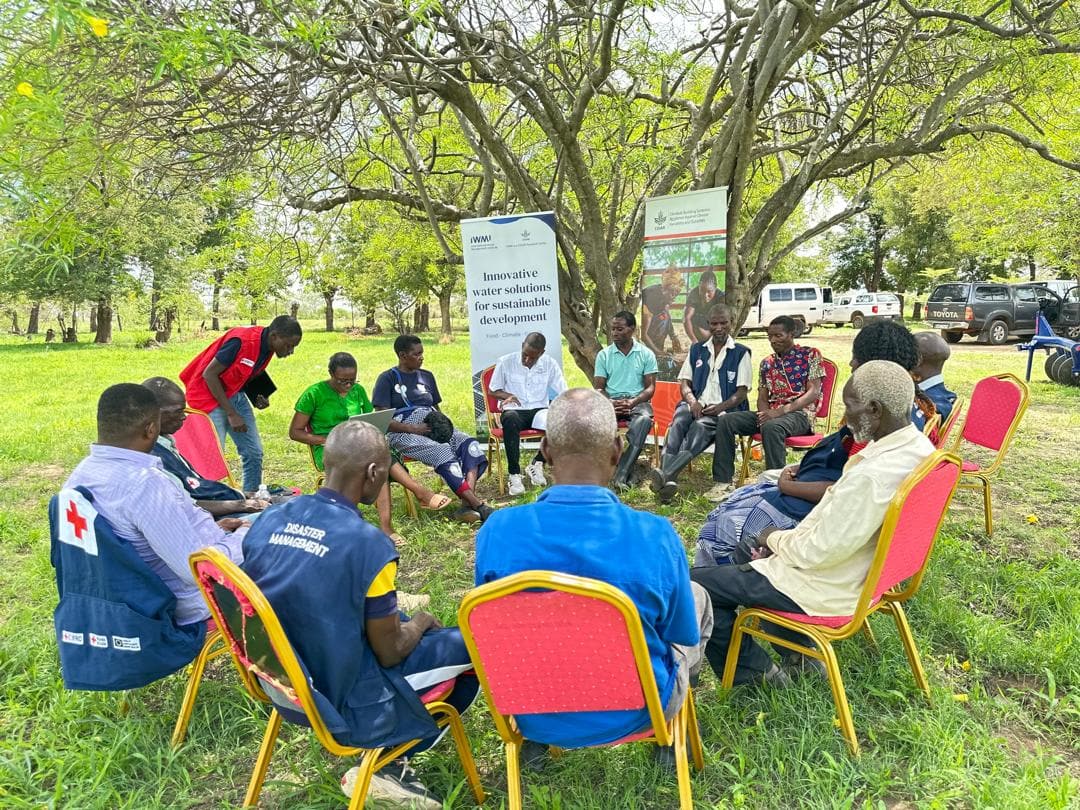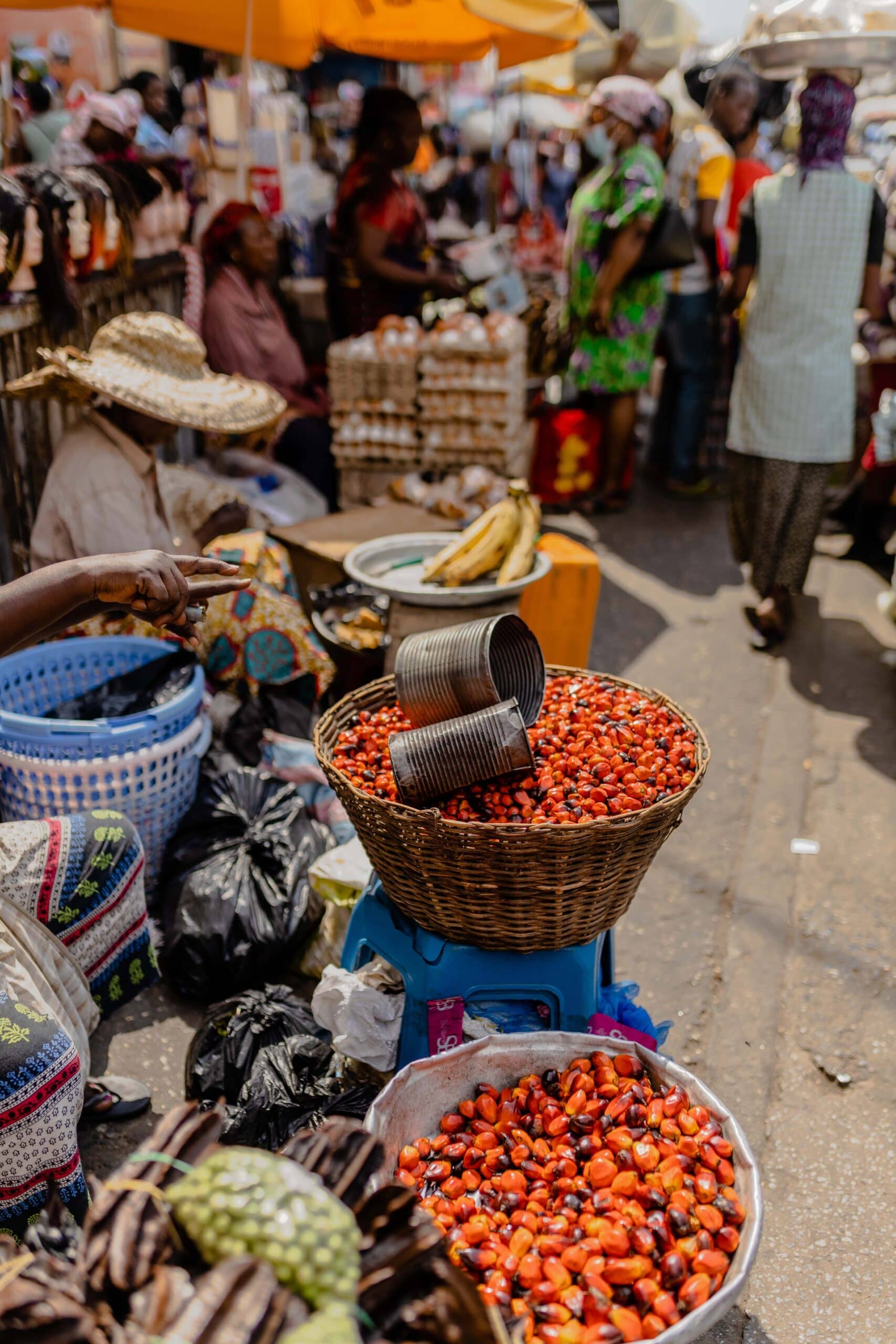Zambia
Zambia experiences a tropical climate with distinct wet and dry seasons, where high rainfall occurs between November and April. The country covers 752,612 square kilometers and is home to over 18 million people. Agriculture plays a crucial role in Zambia’s economy, with over 60% of the population relying on farming for their livelihoods. However, climate-related challenges such as flooding, droughts, and soil erosion have placed significant pressure on the agricultural sector and food security.
IWMI in Zambia
IWMI is enhancing climate adaptation strategies in Zambia through a range of key projects. IWMI has carried out the development of an index-based flood insurance program for Southern Province, which includes stakeholder consultation, site prioritization, and flood modeling to help local farmers better manage flood risks. IWMI also works on digital adaptation in agriculture, profiling digital solutions to improve productivity and resilience, as well as predicting food crop production, particularly wheat, in times of crisis to strengthen food security.
Additionally, IWMI has led a regional assessment on the potential for digital adaptation in agriculture across the Zambezi River Basin, identifying scalable solutions to improve agricultural resilience in Zambia and neighboring countries. Through these initiatives, IWMI is working to build more climate-resilient agricultural systems and support sustainable development in the region.
Contact
Latest Zambia publications

Natural Hazards, 2025
More... [DOI]

2025
More... | Fulltext (3.70 MB)








